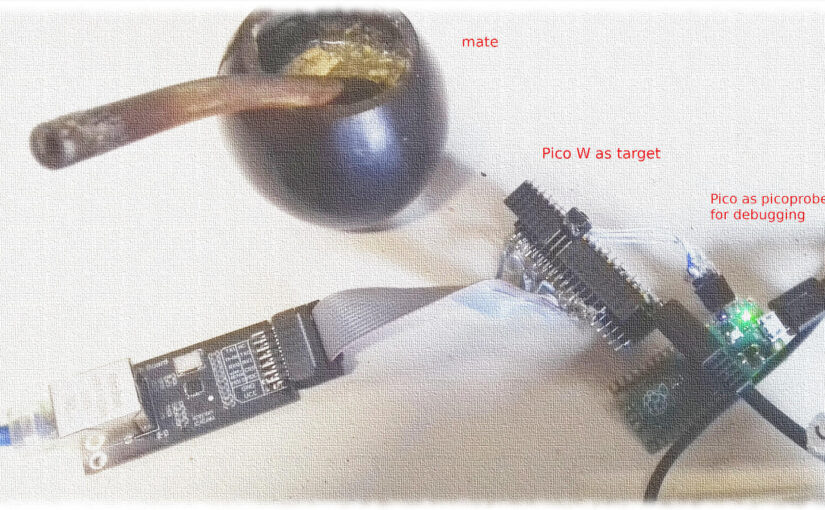Category: Open Source Projects
OS projects I’m working on
Second beta
Fixed some issues, added developer-friendly POST, got rid of legacy stuff.
Started working on multipart content for CGI POSTs (file upload; there is some support, but don’t rely on it). The POST structure might radically change due to this.
First beta
Fixed some 16-bit multiple transfer related issues due to lwIP chained pbufs
First beta
No friendly POST yet, everything else should work. There are two SSI engines here, the original and my own. There can be only one, so you know whose head will roll.
Old CGI is still there and many legacy stuff too. They will go away. Bear in mind that parameter passing and CGI structure might (will) change when POST or other stuff is introduced, so don’t rely too much on this by now.
First (alpha) release
Tested on a Holtek HT32F1656 with Keil and IAR.
This is due to procrastination/lazyness to wait for the slow actions of debugging on CooCox or setup a GNU environment. ARM does not have a program to issue compiler licenses to book writers, Keil (ARM) was kind enough to issue a 3 month license, and IAR issued a 1 month license after a written commitment for not using it for commercial purposes.
First (alpha) release
Tested on Holtek HT32F1656 with the DM9000 driver
First (alpha) release
Tested on a Holtek HT32F1656 on simple raw packet sending/receiving and pings with lwIP
